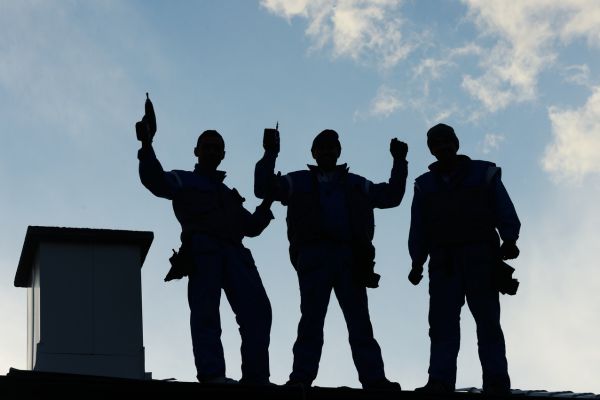Landscaping is more than just enhancing the visual appeal of outdoor spaces; it’s about embracing sustainable solutions that benefit both the environment and the community. In the Philippines, where water conservation and eco-conscious practices are increasingly vital, the adoption of fake grass emerges as a promising alternative. This blog delves into the significance of fake grass as an eco-friendly landscaping choice, exploring its environmental benefits, economic advantages, and its potential to revolutionize sustainable practices in the country.
Understanding Fake Grass
Artificial grass, often referred to as fake grass or synthetic turf, is a surface crafted from synthetic fibers to emulate the appearance of natural grass. With advancements in technology, fake grass now closely resembles real grass, offering a green and lush aesthetic without the environmental drawbacks associated with natural turf. Unlike its natural counterpart, fake grass requires no watering, mowing, or chemical fertilizers, making it a sustainable solution for landscaping needs.
Environmental Benefits of Fake Grass
One of the most significant advantages of fake grass lies in its environmental impact. By eliminating the need for regular watering and chemical treatments, artificial turf conserves water resources and minimizes pollution from runoff containing harmful pesticides and fertilizers. Additionally, fake grass helps prevent soil erosion, preserving the integrity of the landscape and promoting biodiversity in urban areas.
Economic Advantages of Fake Grass
Beyond its environmental benefits, fake grass offers compelling economic advantages. While the initial investment may seem higher than natural grass, the long-term savings on maintenance costs far outweigh the upfront expenses. With no need for watering, mowing, or fertilizing, property owners can reduce their water bills and landscaping expenses significantly. Moreover, the installation of fake grass adds value to properties, enhancing their appeal and marketability.
Health and Safety Considerations
Contrary to common misconceptions, fake grass prioritizes health and safety. Lead-free and toxic-free, artificial turf provides a safe and hygienic surface for recreational activities, protecting users from potential exposure to harmful chemicals. Additionally, fake grass minimizes allergic reactions commonly triggered by pollen and grass clippings, promoting a healthier environment for families and pets.
Installing Fake Grass: Process and Tips
Installing fake grass requires careful planning and execution to ensure optimal results. Proper preparation of the area, including soil leveling and weed removal, is essential for a successful installation. Utilizing specialized tools and techniques, such as compactors and seam tape, helps achieve a seamless and durable surface. To maintain the longevity of fake grass philippines, regular cleaning and maintenance are recommended, including brushing and occasional rinsing to remove debris and ensure proper drainage.
Addressing Common Concerns and Misconceptions
Despite its numerous benefits, fake grass often faces skepticism and misconceptions. Addressing concerns regarding the aesthetics, durability, and environmental sustainability of artificial turf is essential in dispelling myths and encouraging informed decision-making. By emphasizing the advancements in fake grass technology and its alignment with eco-friendly principles, stakeholders can embrace artificial turf as a viable and responsible landscaping solution.
Takeaway
Fake grass represents a paradigm shift in sustainable landscaping practices, offering a green and eco-friendly alternative to traditional turf. With its environmental benefits, economic advantages, and commitment to health and safety, artificial turf emerges as a compelling choice for landscaping in the Philippines. By raising awareness and promoting the adoption of fake grass, we can create greener and more sustainable communities, paving the way for a brighter future for generations to come.











